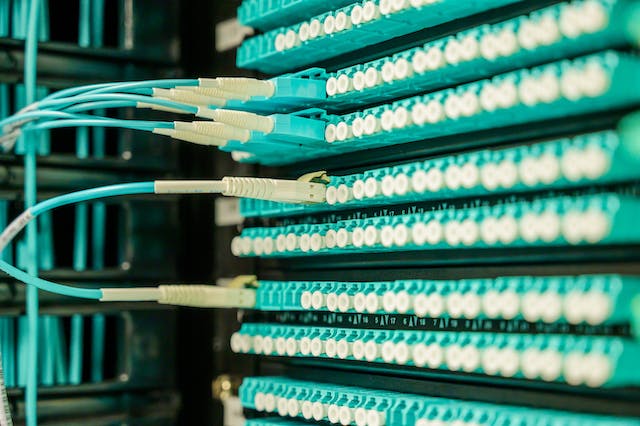In the vast landscape of networking technologies, Ethernet switches stand out as unsung heroes, silently orchestrating the seamless flow of data in our interconnected world. These unassuming devices play a crucial role in modern networking, providing a robust infrastructure for efficient communication. In this blog, we will unravel the mysteries of Ethernet switches, exploring their functions, benefits, and the pivotal role they play in our digital era.
Understanding Ethernet Switches:
- Foundation of Connectivity: Ethernet switches are the linchpin of local area networks (LANs), serving as the foundation for interconnecting devices within a limited geographical area. Unlike traditional hubs, switches operate at the data link layer (Layer 2) of the OSI model, enabling them to make intelligent decisions based on the MAC addresses of connected devices.
- How They Work: Ethernet switches operate by creating a dynamic switching table that maps MAC addresses to specific switch ports. When a device sends data to another within the same network, the switch uses this table to forward the data directly to the destination device, minimizing unnecessary traffic on the network and enhancing overall efficiency.
- Types of Ethernet Switches:
- Unmanaged Switches: These are plug-and-play switches, ideal for small setups where basic connectivity is sufficient.
- Managed Switches: Offering advanced features, managed switches allow for greater control over network traffic, quality of service (QoS) settings, and network security.
Benefits of Ethernet Switches:
- Enhanced Performance: By intelligently managing data traffic, Ethernet switches prevent data collisions and enhance the overall performance of the network. This results in faster and more reliable communication between devices.
- Scalability: Ethernet switches are scalable, allowing networks to expand seamlessly as more devices are added. This scalability is vital in today’s dynamic business environments where the number of connected devices is constantly growing.
- Improved Security: Managed switches provide enhanced security features, including VLAN (Virtual Local Area Network) support and port mirroring. These features contribute to a more secure network infrastructure, protecting against unauthorized access and potential security threats.
- Quality of Service (QoS): Ethernet switches with QoS capabilities prioritize certain types of data traffic, ensuring that critical applications receive the necessary bandwidth. This is particularly important in environments where real-time communication and multimedia streaming are prevalent.
- Network Management: Managed switches offer administrators greater control over the network through features such as remote monitoring, configuration, and troubleshooting. This level of control is essential for maintaining a healthy and efficient network.
The Future of Ethernet Switches:
As technology continues to evolve, Ethernet switches are expected to adapt and incorporate innovations such as increased data transfer speeds, support for emerging communication protocols, and enhanced energy efficiency. The demand for robust, high-performance networks will drive further advancements in Ethernet switch technology, ensuring that they remain a cornerstone of our connected world.



